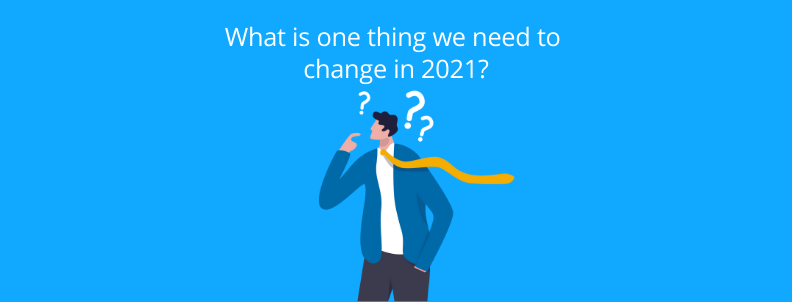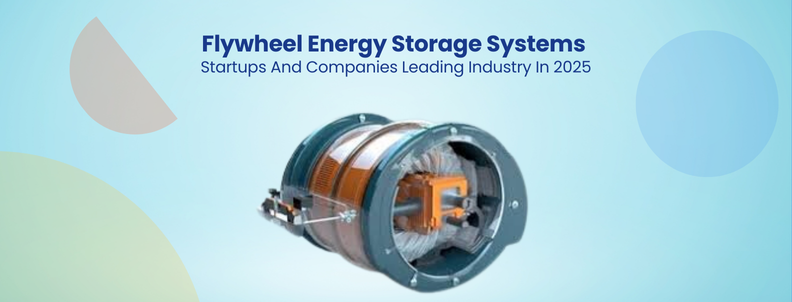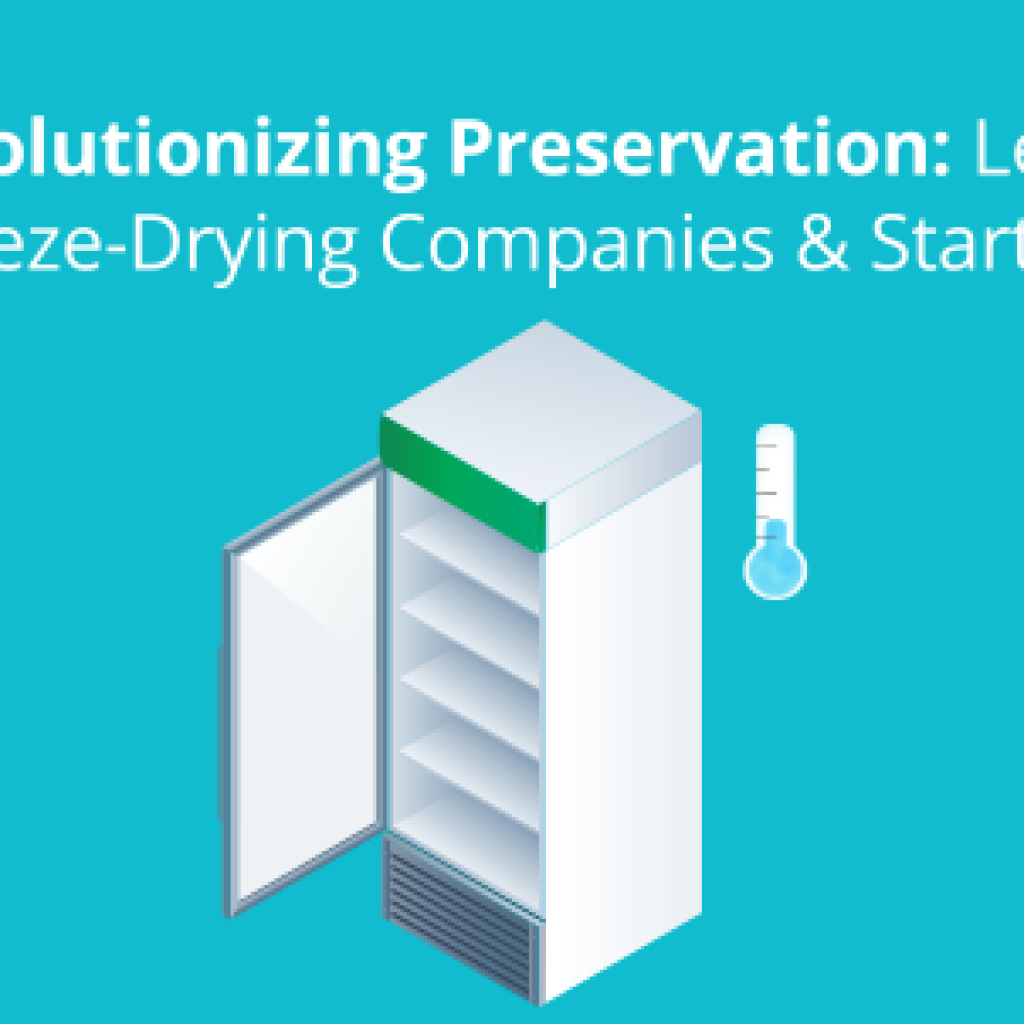Jim, a Patent attorney, with years of experience in litigation, asked during a handshake meeting with my team — “what do you suck at?”.
In a confident voice, I said, turnaround time.
It is true.
In 2020 we asked our clients — “What should be the one thing you suggest we change at GreyB?”
More than 85% quipped — Your competitors offer delivery timelines that are 40% faster. Why do you suck at it?
Clearly, we were not known in the industry to give rapid delivery times.
Just to set the context, our clients were getting a turnaround time of like five days to a maximum of two weeks for a patent validity search. In our case, we roughly start with a minimum of two weeks, going up to 4 weeks or more.
There must be a reason for it. There is and I thought today I should share the reasoning behind our longer turnaround times.
But first, a note on law firm practices I have observed over the years
For more than a decade, I have observed law firms cannot predict when they need an invalidation search. A law firm may engage us in an invalidation search in one month and then stay silent for 1 ½ years.
Then there are law firms who are looking for invalidation searches every two months.
Add to this mix, there is no fixed technology domain on which the next search is expected.
In this chopped salad of issues, we need to make sure appropriate searchers are staffed on the search assignment.
To find invalidating prior art, you first need to find the right team of researchers
I may have painted a lot of challenges. However, in a nutshell, we take time to make sure searchers with the Right experience are lined up for the search.
Why so?
We have a common ideology within GreyB – “you can lose a project but don’t take up a project for which we cannot offer a good quality search.”
Take the example of video streaming technologies. We got several invalidation searches in this technology for which prior art was needed. Traditionally, most of the search firms will staff individuals who have an electronics background on the search assignment.
However, in our case, the repository is the consultant. We map specific patent classes and the number of years of experience of the searcher in performing the search on those specific classes.
Now building such a system where we have technical searchers who can do an exceptionally well job consumes time. As a manager, I need to manage the mapping of technology with the searcher having the best experience.
As one can appreciate, this results in a shift time of the searcher to complete the current project and move onto the next one. This shift time, which spans approximately one to 2 weeks, improves the quality of the search but comes at the cost of longer turnaround times.
This could be considered as a debate between getting something faster vs. improving quality. Whenever we are in such a situation, we choose quality.
Searching is a linear process; finding prior art is non-linear
Allow me to narrate a bit of backstory related to this. When I started my career in the field of patents, I was excited. I felt I can’t get bored. That I will get a chance to work on a new technology with every project.
Wise men say — Be careful what you wish for, for it comes with underlying challenges.
The truth is you can’t simply use knowledge of one search in your next search if you keep switching technologies.
A lot of companies run searches as a sequence of certain steps making the approach of finding prior art linear.
For example, running 30 man-hours Keyword-based search (Step 1) + 10 hours of Citation search (Step 2) + separate search of another 20 to 25 man-hours on non-patent search (Step 3).
It’s a fine approach. But from what we have learned, there are better approaches to invalidation searches. And we have figured the best approach to ensure results.
Intrigued, let me tell you a bit about it.
Our Investigative approach towards prior art searches
We approach prior art searching from a different philosophy. We follow the investigative approach to search. Sounds Sherlockian?
It is. What exactly is this approach about and how does it work?
Well, to paint a brief picture, we study the evolution of technology, the landscape of different players contributing to technology of interest, and then relating the problem of the invention in the landscape of technology graph, etc. Once the lay of the land is plotted, we use tools like keyword-based search, Assignee-based analysis, Patent classes, etc.
This approach becomes effective, once we have crossed 60% markup on the search. Because of this approach, we spend the initial time making sure we develop the right landscape on which the search needs to be performed. This is also the reason when a printed publication does not exist as prior art, we are able to locate system prior art.
Thinking about it, we appreciate our clients who give us appropriate time to follow this investigative approach to searching. This improves our Hit rate of identifying relevant prior art.
We have a culture of securing feedback from the client for EVERY project. Good or bad, we often find this exercise rewarding. We always learn something – both in positive and negative ways. In the past year though, one of the problems has been continuously making the list of ‘dislikes’ from the client – “your turnaround time is too much” – so much that it has become one of my mortal enemies now.
So today, I am gonna talk more about it.
How much is our turnaround time?
More often than not, we ask our clients to give us 4-5 weeks for delivery in an invalidation search. And, in fast-moving litigation cases, sometimes this doesn’t fit, which is totally understandable. Consequently, there have been countless cases, which had to be turned down due to our inability to meet the short deadlines, like 2 or 3 weeks. But why? Couldn’t we do something?
You’d think after all these years we’d have figured out a way, Right?
Well, to answer that let me paint you a picture here today. An inside peek at what actually happens when a search assignment is handed over to us, and also divulge in the meanwhile our secret sauce of success.
An Inside peek into how we handle search assignments right from the start
Step 1: Finding the best-suited team
Once a new request comes to us, we first scope and evaluate to figure out who will be the best fit in the team to get it done.
Now it might be a possibility that the best team to work on that project is deployed somewhere else. That becomes the first caveat, because of which the start of a project can be delayed. Of course, we can kick off the project with some other team that is available at that point. But we believe that will not do justice to the project in the best possible manner.
The team, which usually has worked on the technology, has certain knowledge in that tech and has positioned themselves in a unique place to quickly identify leads we can pursue to find good prior art – a place where a fresh team can take days to reach – becomes our preference.
Now, to the second step.
Step 2: Assessing the subject technology
As soon as the new patent reaches the best-suited searcher’s inbox, they quickly begin assessing the technology. With a sparkle in their eyes, they begin on getting a look and feel of the domain and familiarize themselves with the terminologies, the interpretations of different claim elements; any other application areas that can be explored; any ongoing/earlier IPRs/litigations to check if certain terms have been interpreted differently, creatively, thereby giving us an opening which searching for prior art; the prosecution history to gain insight in the examiner’s and inventor’s thoughts during prosecution and looking out for possible loopholes which might come in handy later.
As an example: did you know there have been cases when applicants have cited some expert witnesses and provided affidavits to confirm that they had actually started working on a particular tech before (March 2011) the priority date (December 2011)?
This is done so as to dismiss any prior art any examiner might have used (Filed around June 2011) within the now modified date and the actual priority date. If successful, it renders the original priority date moot but is never revealed over sources like USPTO and Other patent viewing platforms. This is a problem as at the end of the project you are provided art that is unusable, the entire effort is gone to waste. We make sure the file histories are thoroughly analyzed and our efforts are not wasted.
You see, from the starting itself, the priorities are clear, we are not going to dot the Is and cross the Ts later, we are gonna make sure we proceed with full ammo. And this approach again takes some time.
Why is this important?
Well, it is very easy to perform a superficial analysis and be done with invalidations in a day or two. It will get you some low-hanging fruits perhaps to build your case. But, how often will that happen? We can be lucky but we cannot guarantee that everything that could be done for that case, has indeed been done in the limited effort that we gave and that every time we can find a bang on prior art in the first two days itself.
The preliminary analysis I just now described forms the basic foundation of our search. We make it strong so when the analysis proceeds further, the building does not collapse (unfamiliarity with the domain, closed mindset leading to inability to infer things, derive interpretations).
We scour the depths for unconventional sources. Taking leads from blogs, reviews, DIY models, archives, forums, we build up a tailored repository for the best places to hunt for the art. For example An archive of Teardown videos, A tech evolution repository, An archive of industrial products, spare parts, or how about an archive of Japanese journals, reports, research papers?
Onto the third step now.
Step 3: The analysis begins
We come to the analysis part now, as we are reading through patent results. Outlier junk references are readily filtered out without spending time, but what about the slightly/closely relevant ones. We see a feature missing from the first look and we put on our thinking hats to find the missing puzzle piece. This brings in a series of Whats and ifs…
- What if there’s an embodiment that’s describing the missing aspect as well. The patent seemed quite close, what are other things the inventor and its assignee were working upon at that time. There might be something that can be combined here, along with the strong motivation behind the combination.
Digging deep into combination art might just lead you to the information that can further strengthen your case. Read how we turned a 103 reference into the fabled 102 prior art everyone’s after, you’re gonna love it! 🙂
- What references has the patent cited, what patents are citing this reference, perhaps they can help?
For searchers already cited patent references are generally of low precedence. But sometimes they tend to give out a gem of a prior-art. Don’t believe me? Here, See it for yourself!
- If there are particular classes of interest? Etc. etc. etc
Why all this, you ask?
Well, that’s how we make sure all that can be used to help the case, is in front of us. Even a small statement, just one line can make the difference between a bang-on art and something you’d eventually need to combine with other “leak-plugging references”
I can go on and on about similar processes we apply while searching in NPL, system prior arts, blogs, forums, teardown/unboxing/demo videos, but ultimately it all boils down to the same thing.
We plan and approach our prior art searches in a way, that “if it exists, we will find it”.
Concluding Notes
Having said that, we still need to improve. We have to increase our bandwidth so that we can save time in the allocation of the right team to the project. And add more tools that can speed up our analysis time. Allowing us to explore all the sources without affecting our exhaustiveness. Further, we need to improvise our knowledge management system that can act as a Second Brain and nudge the analyst with probable areas where going deep makes more sense.
We plan to make significant progress in all these areas in 2021. We know the investigative process is never-ending and we being Sherlock fans, may never be satisfied, but we have to keep optimizing ourselves. With our in-house tools making our work faster and ever more effective, we are halfway already through. Hope next year we write an update to this post, saying ‘How we did it’.
Have a Project in mind?
You know our thought process and how we approach our searches. Have a search project you want us to investigate? Send in your queries

Authored by: Gaurav Sahni, Manager, Operations and Chakshu Kalra, Director










